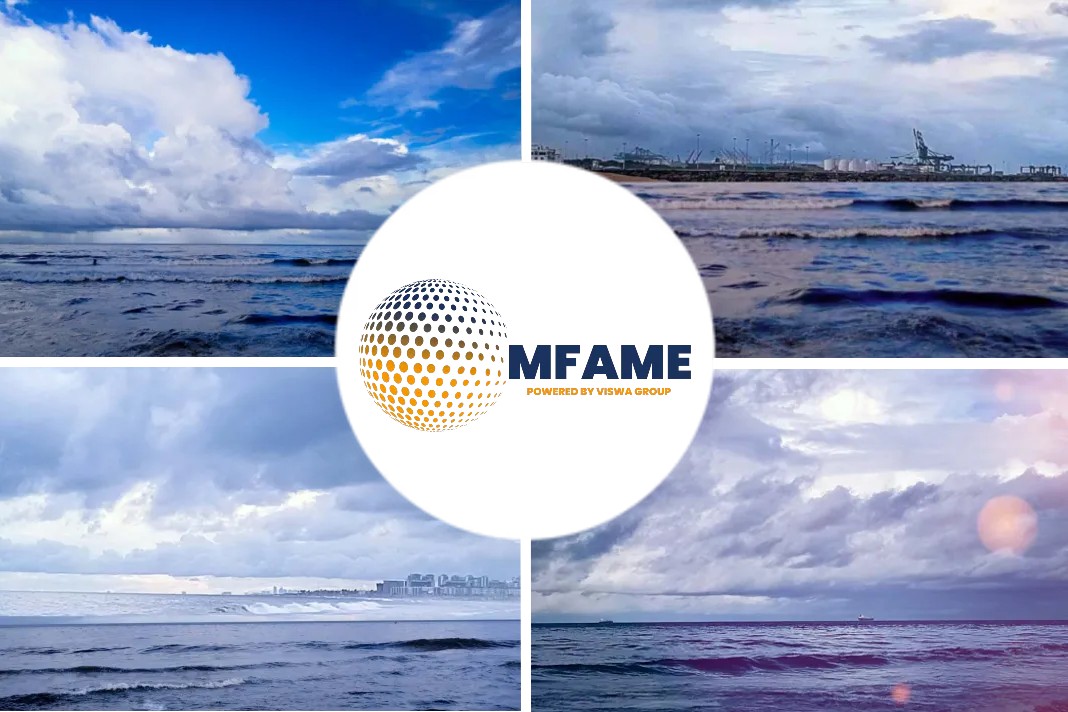- According to a study commissioned by industry coalition SEA/LNG and the Society for Gas as a Marine Fuel (SGMF), using LNG as a marine fuel could help cut GHG emissions by 21% compared with oil-based marine fuels over the entire life cycle of a commodity cargo.
- Presently, there are 20 LNG-fuelled Newcastlemaxes on order, according to shipping industry executives, with several shipowners telling Platts they are considering the purchase of this class of vessel in future.
- Ton-mile demand is calculated by multiplying the volume of cargo moved in metric tons by distance travelled in miles.
On 3 February 2022, shipping analyst S&P Global Platts will release time charter equivalent (TCE) assessments for 209,000dwt Newcastlemax class dry bulk ships using LNG as bunker fuel on six main routes, as well as the NMAX GT4 ton-mile weighted average index as reported by ShipInsight.
Alternative fuels
The move acknowledges the maritime industry’s growing efforts to embrace alternative fuels in order to minimise greenhouse gas (GHG) emissions.
According to research commissioned by the industry group, SEA/LNG and the Society for Gas as a Marine Fuel (SGMF), using LNG as a marine fuel could reduce GHG emissions by 21% across the life cycle of a commodity cargo when compared to oil-based marine fuels. Sulfur oxide (SOx), nitrogen oxide (NOx), and particulate matter are all reduced when LNG is used.
According to shipping industry officials, there are already 20 LNG-fueled Newcastlemaxes on order, with numerous shipowners informing Platts they are considering purchasing one in the future.
Scheduled service
Two LNG-powered Capesize ships are presently in service, with the first of the bigger Newcastlemax class ships scheduled to enter service in early 2022.
The revised TCE assessments will be determined using LNG bunker fuel prices reported by Platts and will represent $/day pricing derived from the respective trip rates published on a $/mt basis in Platts Dry Freight Wire. The port costs, vessel speed, and fuel consumption utilised in the TCE calculations were determined by a thorough market assessment and are in line with market expectations.
Voyages
The latest TCE assessments cover routes to Qingdao from Port Headland, Saldanha Bay, and Tubarao, as well as Rotterdam from Puerto Bolivar and Hay Point.
The new NMAX GT4 Index (daily code: NMGTA00, monthly average code: NMGTA03) will be calculated by allocating weighting to daily TCE assessments of four significant round journeys. The volume of Capesize and Newcastlemax vessel movements observed between the regions connected with the corresponding voyages during a 3-year period from Platts cFlow trade-flow analytics software, calculated in ton-miles, is used to weight the individual TCE assessments.
Updated evaluations
The volume of cargo moved in metric tonnes is multiplied by the distance travelled in miles to determine ton-mile demand.
TCE assessments and weightings for the new NMAX GT4 Index will be based on flows observed between January 1, 2017, and December 31, 2019.
The updated TCE evaluations and NMAX GT4 Index will be evaluated on the basis of the Asia market close at 5:30 p.m. Singapore time (0930 GMT) and will be published in Singapore.
Did you subscribe to our newsletter?
It’s free! Click here to subscribe!
Source: ShipInsight

























